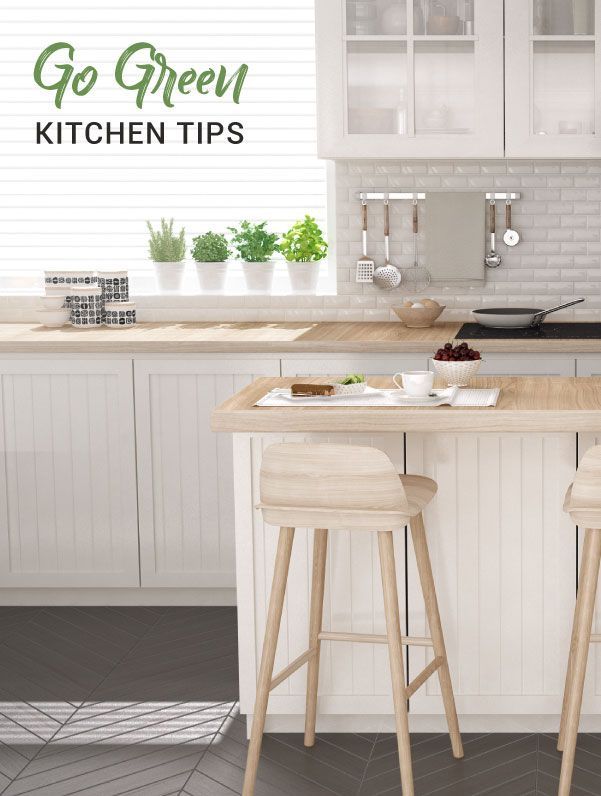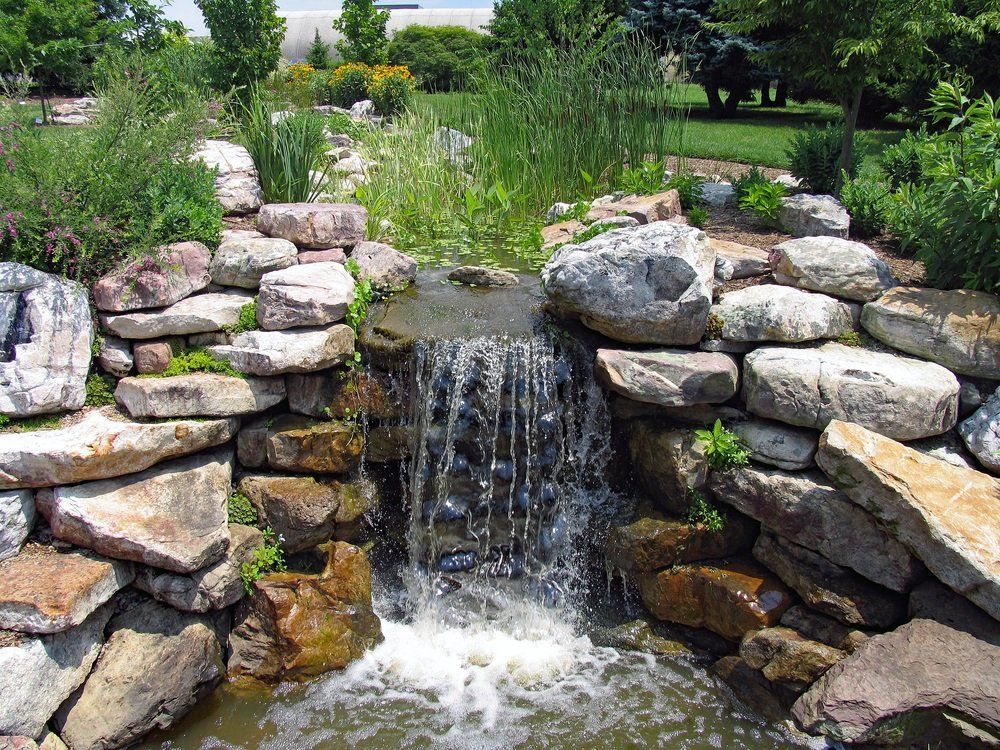What Is A Property Survey?
Kachi Realty
What Is A Property Survey?

What Is A Property Survey?
When purchasing a home, especially for the first time, you are going to encounter a lot of terms and jargon you may never have heard before. “Property survey” is one such term you may encounter in the process, and it is often not considered one of the more important parts of the home buying process, but it is an essential part of any home purchase closing process and should not be overlooked.
What Is A Property Survey?
A property survey is a document, usually in the form of a map or sketch, that outlines all the prominent features of a property, including the house and the physical boundaries of that property. It can also include other items, such as natural features on the property, including ponds or lakes, and man-made features such as pools. These property surveys must be completed by a professional qualified to carry out a property survey, and usually have to be done within six months of any change of deed.
Why Do You Need A Property Survey?
In some states a property survey is required for a number of reasons. From the perspective of a home buyer, your mortgage lender will usually want to see a recent property survey of the home and land you are purchasing for their records. Also, you will need one for title issuing, and for your municipal office to calculate your property tax. It is also important to note that if you plan on doing any renovations to your home after you purchase it, you will need it for your contractors. This gives them a clear picture of the features of the property as it stands, and the boundaries of the property itself.
What Does It Cost, And Who Is Responsible?
In general, there are two types of property surveys—house location surveys and cadastral surveys—and in most cases it is the buyer who is responsible for the cost of the property survey. If you are just planning to get the required documents for your mortgage lender, the more inexpensive house location survey is the way to go. If there are any doubts about the property, however, such as whether a particular feature lies entirely on the property or not, it is a good idea to go for the more complete survey. In these cases you may be able to convince the seller that you require it in order to make a choice about whether you will purchase the property or not.
It is always advisable to have a REALTOR® who will help you navigate through this process, and they can give you the best advice on making a choice that is right for you.
While all this work may seem like a lot of effort to put forth for what may turn out to be just red tape, if there is a serious problem with the property you are hoping to buy and it goes undetected, what should be your greatest investment may turn out to be your greatest liability.
Useful Information from Kachi Realty LLC

WAYS TO GO GREEN IN THE KITCHEN Start a garden. Whether you opt for a full-out vegetable garden or a small window of fresh herbs, the taste of freshness will be unmistakable! Shop locally! Visit local farmers markets or choose locally produced produce whenever possible. Bring your own bags when you visit the grocery store. Switch to energy-efficient light bulbs. Save time and energy by cooking a double portion and setting half aside in the freezer for a quick meal at a later date. Get energized and leave the appliances alone. Whenever possible, mix and beat ingredients by hand, cook multiple items at the same time, and avoid washing dishes unnecessarily. Use energy-efficient appliances such as the slow cooker or toaster oven, which can use up to 30% less energy. Be aware of energy wasters such as excessive pre-heating or simmering. Ditch the wraps (such as saran wrap or foil) and make the switch to reusable containers for lunches and leftovers. Put a lid on it! Did you know that cooking with lids could save up to three times the energy? Keep all that steam inside the pot for a more energy-efficient (and faster!) meal. Go fresh—say goodbye to excessively packaged foods, which are often produced using processes that are harmful to the environment. Cooking meals from scratch using fresh ingredients is not only healthier, it’s often less expensive and better for the environment. Decide what you are looking for before you open the fridge, and never keep the door open longer than absolutely necessary.

Water Features For Your Yard A water feature can make a major change in your yard, and there are plenty of different ways to go about adding one. From a simple and small fountain to a koi pond or waterfall, you can use water to create a peaceful sense of a real escape from life in your yard. Small Water Features For small yards or for those looking to add something simple, a basic fountain is easy to add. They come in a variety of types, shapes, and sizes and can fit into any landscaping. Your fountain can be a centerpiece for the yard or can be placed near the patio. You can even get a small tabletop fountain for the patio table. Most fountains are easy enough to install by yourself. They use a pump system that circulates the water and keeps the fountain running. Follow all of the instructions for set-up, use, and care that come with the fountain and you can enjoy the sound of trickling water for many years to come. Adding A Pond A pond is a really eye-catching and special addition to any yard. You will need some space for it, but even smaller yards can manage one. Koi ponds are a very popular choice, as the fish are lovely and create an ambience in the yard. They fit in well with any sort of Japanese or other Asian landscape design, but really extend into other styles as well. Make sure your pond has a system for keeping the water circulating and clean; standing water can become a breeding ground for mosquitoes, and it can get quite dirty over time. It’s best to have a professional install the water system for your pond. Waterfalls You may not be able to have Niagara Falls in your yard to enjoy, but you can get a waterfall added as a feature of your yard. These can be falls that descend over a rock wall, a small stream that runs over consecutive drops in a sloped yard, or something in a corner where water falls down into a small pond. A waterfall adds the sound of moving water to the air all the time. Be sure you have proper drainage for the water system. Water features are a beautiful addition to any yard, and your imagination is really the only limit. Many professionals can help you to design the water feature that is right for your yard and your needs.

